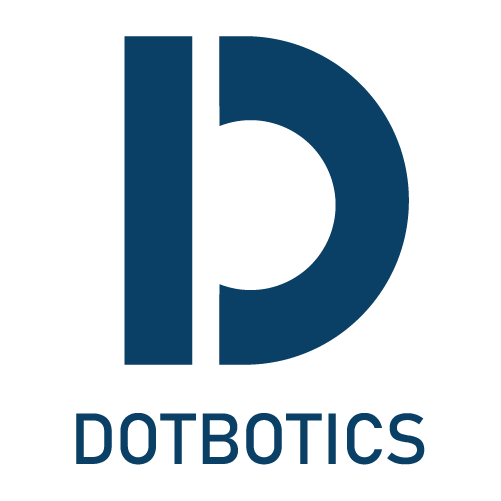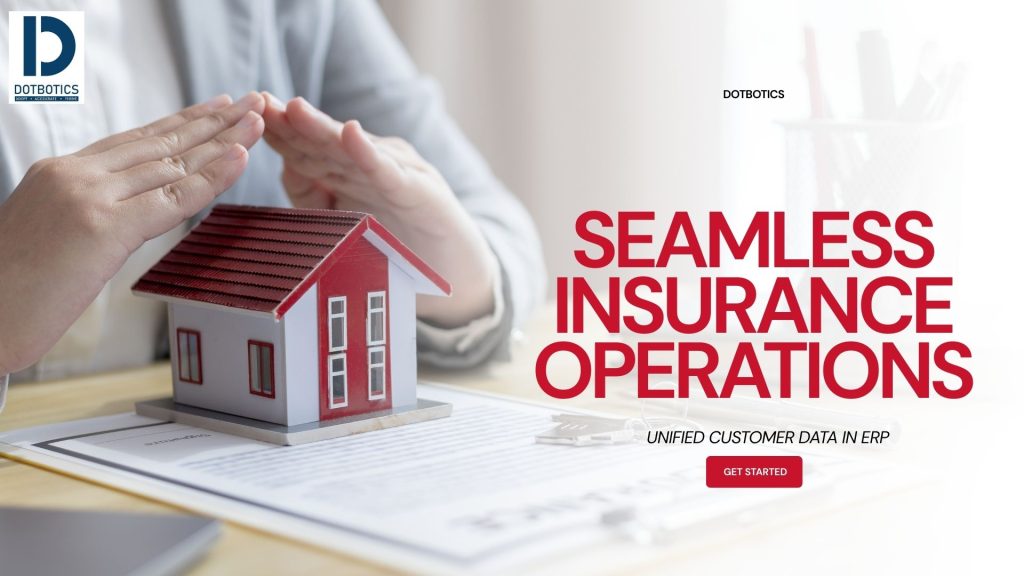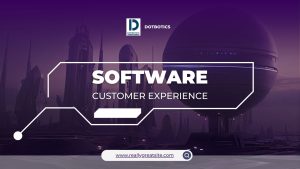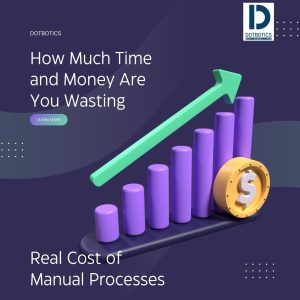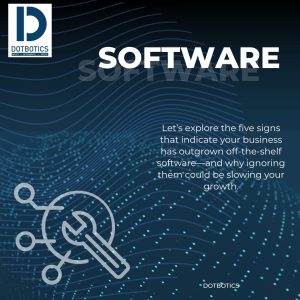In today’s digital-first world, the insurance industry is undergoing a rapid transformation. Customers expect faster claim settlements, personalized experiences, and transparent communication. At the same time, insurers face growing competition, complex compliance requirements, and a demand for efficiency. In such a landscape, unified customer data in ERP (Enterprise Resource Planning) has emerged as a game-changer.
By consolidating scattered information into a single, accessible system, ERP helps insurers break down silos, streamline workflows, and deliver seamless insurance operations. In this blog, we’ll explore how unified customer data in ERP systems empowers insurance companies, enhances customer experience, and improves operational efficiency.
Why Data Silos Hurt Insurance Companies
Imagine an insurance agent needing to access a client’s claim history, policy details, and billing information—but all of it is stored in separate systems. The result? Delays, errors, and frustrated customers. Data silos limit:
- Customer satisfaction (slow response times, inconsistent communication)
- Business efficiency (manual data entry, duplicate records)
- Decision-making (incomplete or outdated insights.
In a world where customers expect real-time support and personalized services, these gaps can result in both revenue and trust losses for an insurer.
The Challenge of Fragmented Data in Insurance
Insurance companies often struggle with data stored across multiple systems: policy administration, claims management, underwriting, CRM, and finance. This fragmented approach leads to:
- Inefficiencies: Employees waste time switching between systems and reconciling data.
- Errors: Duplicate or outdated information can cause claim delays or policy mismanagement.
- Customer dissatisfaction: Clients expect insurers to “know them,” but disjointed systems make personalized service difficult.
- Compliance risks: Disorganized data increases the chance of errors during audits or regulatory checks.
Without integration, these issues snowball into higher operational costs, longer claim cycles, and lost customer trust.
Insurance ERP: The Solution to Data Fragmentation
A modern Insurance ERP solution integrates all customer data into a unified platform. Instead of jumping between multiple systems, employees can access:
- Policy management
- Claims processing
- Customer history & interactions
- Billing and payments
This 360-degree view of the customer helps insurers deliver seamless, transparent, and efficient service.
The Power of Unified Customer Data
- Enhanced Customer Experience
Customers expect quick, personalized, and transparent interactions. With unified customer information in ERP, insurers can:
- Anticipate needs with predictive analytics.
- Provide instant answers to queries with accurate policy details.
- Personalize recommendations based on customer history.
For example, when a client calls about a policy, the representative can access their entire profile instantly—previous claims, preferred communication channels, and policy updates—leading to a smooth and efficient experience.
- Faster Claims Management
Claims are the defining moment for customers. A slow or inefficient claims process erodes trust. With ERP-powered insurance claims automation, insurers can:
- Track claims in real-time.
- Reduce manual errors by using integrated workflows.
- Automatically route claims to the right departments.
This not only speeds up settlements but also reduces administrative overheads.
- Improved Regulatory Compliance
The insurance sector is one of the most regulated industries. Disorganized data can make compliance audits stressful. A centralized ERP for insurance compliance ensures:
- All records are stored in one place with timestamps.
- Data is easily retrievable for audits.
- Compliance with GDPR, HIPAA, and regional insurance regulations.
By maintaining a digital trail, insurers reduce risks while ensuring accountability.
- Data-Driven Decision Making
Unified data empowers insurers to use advanced analytics for:
- Risk assessment and pricing accuracy.
- Customer segmentation and targeted marketing.
- Predictive modeling for claims and fraud detection.
Instead of relying on outdated reports, decision-makers can access real-time dashboards in ERP to make faster, smarter business decisions.
- Operational Efficiency and Cost Savings
When insurers integrate policy, claims, CRM, and finance into one ERP platform, they cut down on redundancies. Benefits include:
- Reduced IT costs by replacing multiple legacy systems.
- Lower administrative overheads due to automation.
- Increased employee productivity by reducing manual tasks.
Future of Insurance with Unified ERP Systems
The future of insurance lies in AI-powered ERP platforms that integrate not only customer data but also external data sources like IoT devices, telematics, and health apps. With this, insurers can:
- Offer usage-based policies (e.g., pay-as-you-drive car insurance).
- Provide personalized health and life insurance plans.
- Use AI and machine learning for fraud detection and risk modeling.
As customer expectations continue to rise, unified ERP will be the backbone of digital-first, customer-centric insurance operations.
Breaking Down Barriers with Technology
The integration of AI and automation in Insurance ERP further enhances data accuracy, predicts customer needs, and streamlines workflows. By eliminating data silos, insurers not only improve operational efficiency but also build long-term customer trust.
Real-World Example: Unified ERP in Action
Consider an insurance company that previously managed policies, claims, and customer service on three separate systems. Agents often provided inconsistent information because records were outdated or duplicated.
After implementing an insurance ERP solution with unified customer data, the company achieved:
- 30% reduction in claims processing time.
- 25% increase in customer satisfaction scores.
- Significant cost savings from retiring redundant systems.
This transformation showcases how ERP helps insurers deliver seamless operations while improving profitability.
Final Thoughts
In the digital-first era, insurers can no longer afford fragmented systems. A unified Insurance ERP platform that breaks down data silos is the key to smoother processes, smarter decisions, and satisfied customers.
If your organization still operates on outdated, disconnected systems, it’s time to rethink. Because in insurance, the right data—at the right time—can make all the difference.
